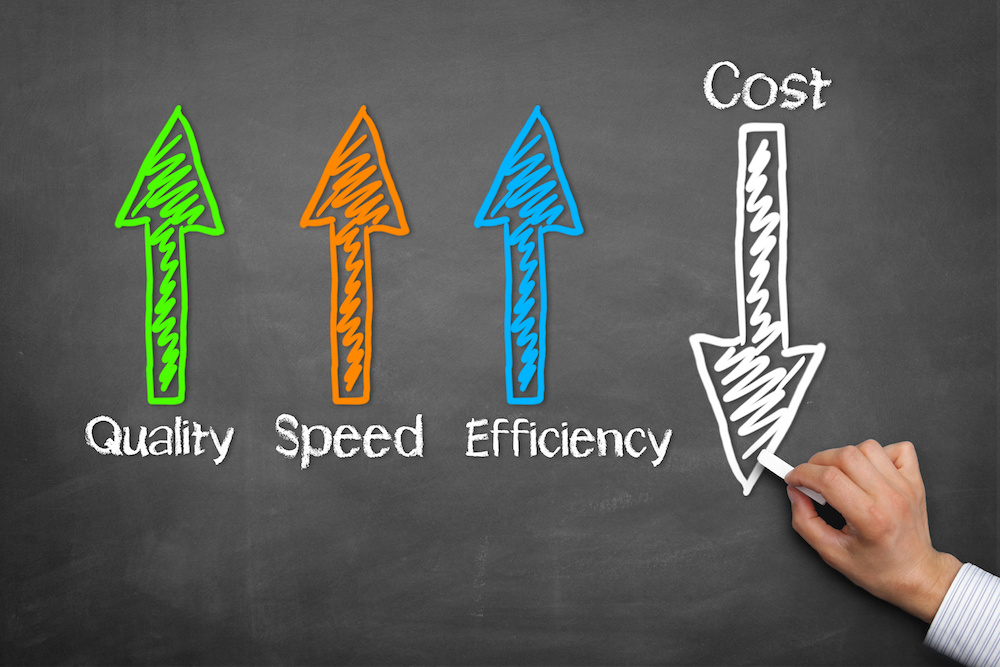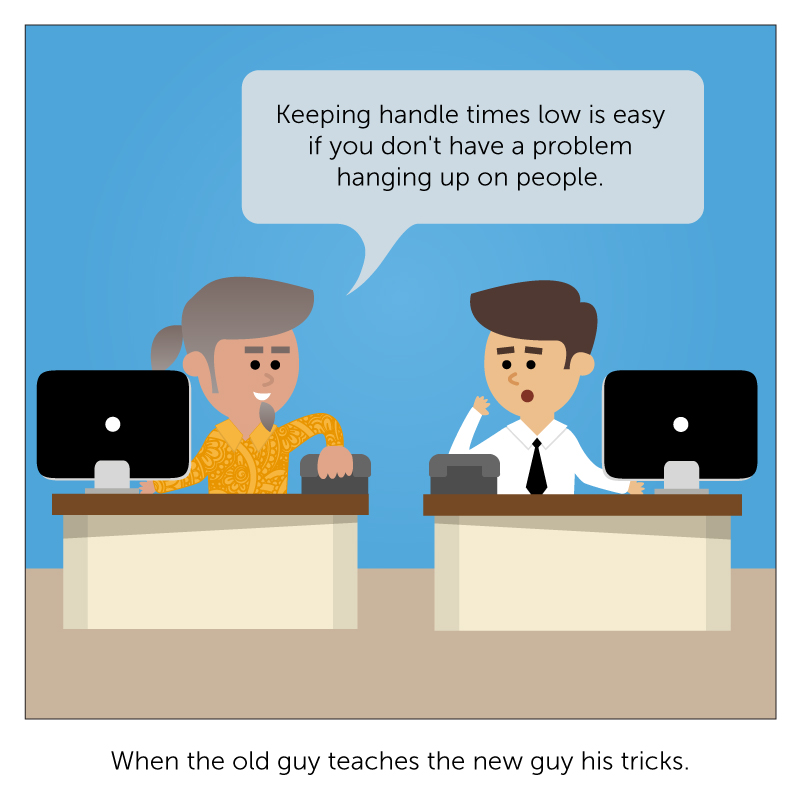What Is Customer Engagement Analytics is the first of a series on Customer Engagement Analytics.
So what is Customer Engagement Analytics? It depends on whom you talk to. If you talk to Marketing, you’ll typically hear about marketing automation – email responses and web activities. If you are coming from the standpoint of Customer Journey Analytics (see our recent blog series for more information), it is more about the overall lifetime journey.
But we’re interested in what is Customer Engagement Analytics for the contact center. For the contact center a “customer engagement” is everything the customer and contact center did in order for the customer to accomplish a single goal. It can be as simple as the customer getting a question answered or more significant such as making a purchase, and everything in between.
So what is Customer Engagement Analytics for the contact center? The answer lies in four questions to ask:
- What did the customer do?
- What did our systems do?
- What did our agents do?
- What was the business outcome of the customer engagement?
These are the four components that answer “What is Customer Engagement Analytics for the contact center.
Part One of Customer Engagement Analytics – What did the customer do?
As you may know from our previous conversation about the customer journey, it all starts with the customer wanting to accomplish something, be it opening an account or solving an issue with a product. It may begin as the marketers said it would, with web activities and email responses. It can start with any of the activities that involve the contact center: a call, an email, a chat, or any combination of these interactions.
Let’s walk through an example. There are two customers, Jeri and Chris, who each want to change delivery information on their account. Jeri goes to the website and looks for a page to do this himself. He finds a page to cancel the account, but the link to change account information doesn’t work, so he initiates a chat session. Chris, on the other hand, just goes to the website for the phone number and calls the contact center.
Part Two of Customer Engagement Analytics – What did our systems do?
So our customer has contacted the contact center, what did our systems do when that happened? That is the second part of customer engagement analytics. If the customer called, what option did they choose from the IVR system? Was there an automated option for what they wanted to accomplish, or did they opt to speak to a representative? If they opted to speak to a representative, how long did they spend on hold? How many gave up before they were connected? Were they routed to the right representative the first time, or did the first agent they reached have to route them to someone else?
The above example was for a phone call. The same type of analysis would have to be done for each channel. So if the customer first went to the website instead of calling, did they find the option they wanted on the website, and were they successful in accomplishing their goal by themselves on the site? Or did they opt to open a chat session with a representative, or call? Was it easy for them to find the chat option or phone number on the website? And so the analysis goes for each channel.
To follow through on our example, from the website, Jeri easily initiated a chat with an agent. Chris, after a few choices from the IVR menu, also got through to an agent (there was no way to interactively change account information from the IVR). The wait time for each of them was minimal. While Jeri got right through to an agent, the agent was unable to understand what Jeri wanted. After 20 minutes, Jeri terminated the chat session. The agent however, did follow up and send Jeri an email sometime later, letting Jeri know that the change had been made. Chris, in the meantime, spent about five minutes with an agent who did understand the change she wanted on the phone and got her account updated. Chris was happy and Jeri was not.
Determining what the systems did once the customer decided to interact with the contact center is part two of customer engagement analytics.
Part Three of Customer Engagement Analytics – What did our agents do?
Our customer has a goal, and they are interacting with the contact center. They have made it through any number of channels to interact with an agent. The third part of customer engagement is to ask, what did the agent do to respond to the customer?
There a number of ways the agent can respond to the customer. They can follow a script (or not). They can address the need(s) of the customer and resolve the call successfully, hopefully completing a sale or an up-sell, or resolving an issue or answering a question. Alternatively, they may not be able to answer the customer’s request, and refer the customer to another agent, who again has all the same options. You may find some agents that have an outstanding amount of call resolutions (and some that do not).
Part Four of Customer Engagement Analytics – What was the business outcome?
At this point you have looked at what the customer did, what the system did, and what the agent did. Now it is time to ask, what resulted in the best business outcome? By business outcome, we mean:
- First Call Resolution
- Sales or Upsell or Cross Sell
- Customer Retention
- Customer Satisfaction (NPS)
- Other important metric related to the outcome of the interaction
We focus on business results, because operational metrics such as efficiency or volume of calls may not have a direct correlation to customer engagement results. For example, one agent may take more calls or take less time on wrap-ups, but did they meet the customer need and desired business result of the customer.
Now let’s analyze what we learned from the experience of our customers Jeri and Chris.
- An option to make this a self-service change on the website or in the IVR might have reduced the agent time spent on Jeri from 30 minutes to zero, and that would have made Jeri happier with us.
- One agent understood how to make the change and one didn’t, which cost an extra 25 minutes of agent time. We need to either train one agent, or use our smart routing solution to send these kinds of queries to the agent who resolves them best.
- Not only did the website/chat/email interaction cost time (and therefore money), it left the customer frustrated and possibly less satisfied with our brand.
What is Customer Engagement Analytics Summary
So in summary, what is Customer Engagement Analytics? It is a tool that you can use to learn more about your customers – their likes and dislikes, how they prefer to interact with your business, what motivates their purchases, and how you can adapt to meet their needs and provide them the best service possible. Customer Engagement Analytics in the contact center will give you real insight into what interactions customers will respond to the best and how you can optimize your contact center for business outcomes and performance.
This What is Customer Engagement Analytics blog is the first of a series, come back each week for who, why, when and how.
Learn more about the CC-One tools for Customer Engagement Analytics by visiting CC-One Contact Center Analytics.








